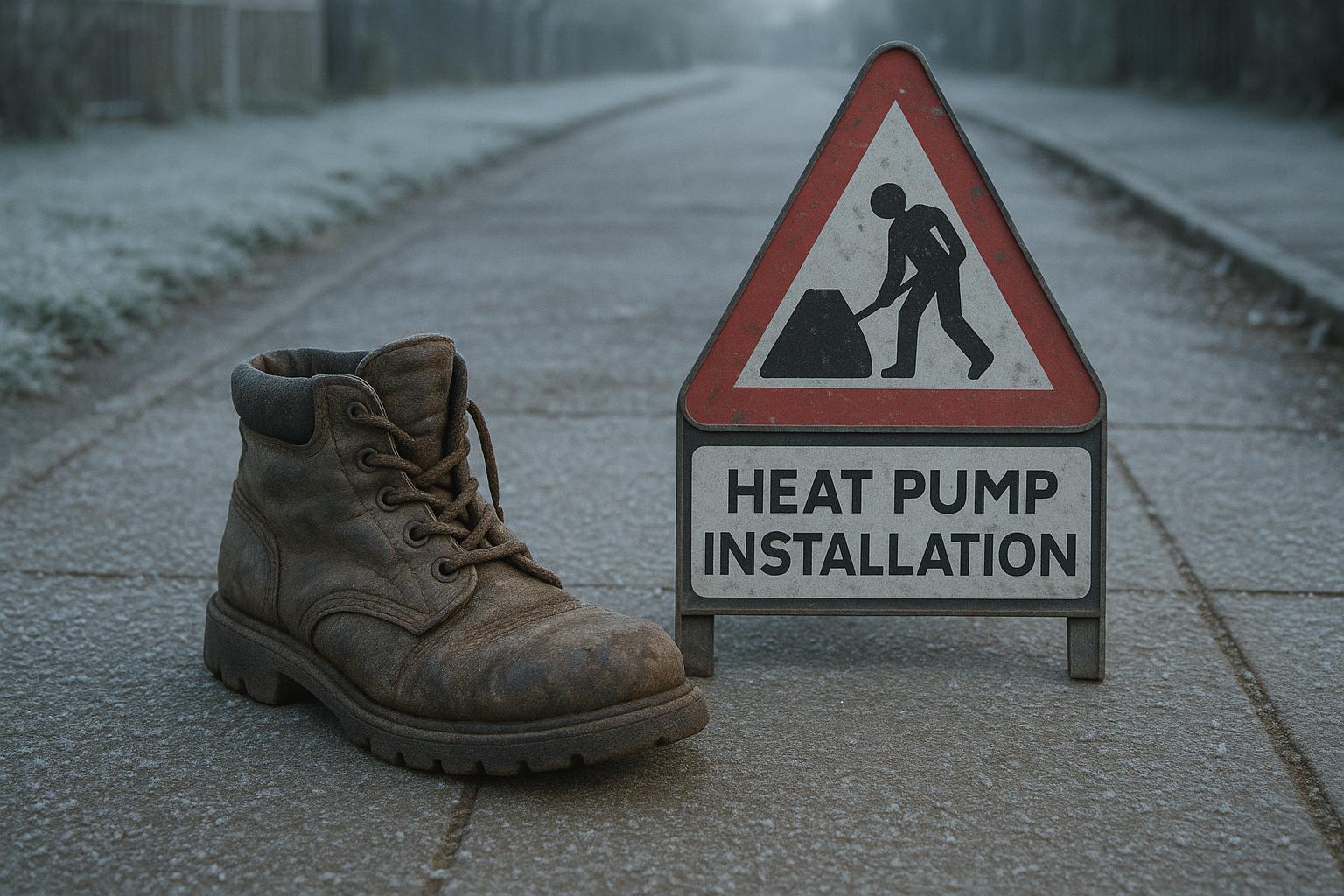Heat pumps are increasingly viewed as a pivotal technology in the UK’s transition to low-carbon home heating, offering an environmentally friendly alternative to gas and oil boilers. Unlike traditional systems that burn fossil fuels, heat pumps transfer existing heat from the air or ground outside into a home using electricity. This process is analogous to how a refrigerator extracts heat from inside and releases it externally, but in reverse. Despite lower outdoor temperatures, modern heat pumps efficiently concentrate ambient heat, supplying warm air or water to radiators, underfloor heating, or hot water systems inside the home.
The primary appeal of heat pumps lies in their low carbon footprint and efficiency. They emit no direct emissions on site and become greener over time as the UK electricity grid increasingly incorporates renewable sources like wind and solar power. Heat pumps can typically provide two to three units of heat energy for every unit of electricity consumed, contrasting with gas boilers that offer less than one unit of heat per unit of fuel. This efficiency is a key driver behind government policy and grants aimed at encouraging households to adopt heat pumps as part of the UK’s net-zero carbon goals.
There are two main types of domestic heat pumps widely installed in the UK: air source heat pumps (ASHPs) and ground source heat pumps (GSHPs). Air source units are the most commonly fitted, extracting heat from the outside air and transferring it indoors. They are generally quicker and more affordable to install due to requiring minimal ground disturbance, making them suitable for smaller homes or properties with limited outdoor space. However, their performance can slightly decline during very cold weather. Ground source heat pumps, by contrast, draw heat from the soil, where temperatures remain more constant year-round. These systems require extensive groundwork—either horizontal pipe trenches or vertical boreholes—which elevates installation costs significantly. Nevertheless, GSHPs typically deliver higher efficiencies and lower running costs over time, making them suitable for larger homes where long-term savings justify the upfront investment.
Financial considerations are central to the decision to invest in heat pumps. Typical installation costs for air source heat pumps range between £7,000 and £14,000, while ground source systems can cost £18,000 to £30,000 or more. This contrasts with traditional gas boiler installations, which are generally cheaper but more carbon-intensive. Government schemes like the Boiler Upgrade Scheme offer grants up to £7,500, substantially reducing upfront expenses to bring heat pump costs closer to those of a replacement boiler. Recent increases in these grants by 50% aim to accelerate adoption amid rising concerns about climate change and energy security. Despite these incentives, barriers such as complex application processes, limited installer availability, and initial cost remain challenges, resulting in slower uptake than policymakers desire.
While heat pumps offer operational savings due to their efficiency, these must be balanced against higher electricity prices compared to gas. Under current energy price caps, electricity costs approximately four times more per kilowatt-hour than gas. Therefore, maximising savings and comfort with a heat pump requires a well-insulated home and adjustments to heating habits, such as lowering the temperature of water supplied to radiators. Unlike gas boilers that typically operate at 60 to 70 degrees Celsius, heat pumps run more efficiently at lower temperatures, around 40 degrees, which means homes heat up more gradually but operate more cost-effectively in the long term. Using smart thermostats and leveraging solar panels or battery storage can further reduce electricity expenses by utilising cheaper or self-generated power.
Homeowners considering heat pumps should look for Microgeneration Certification Scheme (MCS)-accredited installers to ensure quality installation, which is a prerequisite for accessing government grants. The installation process typically involves a home survey to assess property size, insulation, available outdoor space, and the most suitable heat pump type. While air source heat pump installation usually takes a few days, ground source systems require longer due to groundwork complexity. In addition to new heat pumps, many properties need upgraded radiators or heating systems adjusted to accommodate lower flow temperatures, although new builds since 2019 may not require such modifications.
In summary, heat pumps represent a proven, low-carbon alternative to traditional boilers, with the potential to reduce energy bills and household emissions significantly. However, their financial viability depends heavily on government support, property suitability, and behavioural adaptation to optimise efficiency. As the UK government intensifies efforts to meet net-zero targets, heat pump technology, combined with better home insulation and smart energy management, is poised to become a cornerstone of sustainable domestic heating.
📌 Reference Map:
- Paragraph 1 – [1], [3], [4]
- Paragraph 2 – [1], [3], [5]
- Paragraph 3 – [1], [3], [6], [7]
- Paragraph 4 – [1], [3], [5]
- Paragraph 5 – [1], [3], [4], [5]
- Paragraph 6 – [1], [2], [3]
Source: Noah Wire Services
